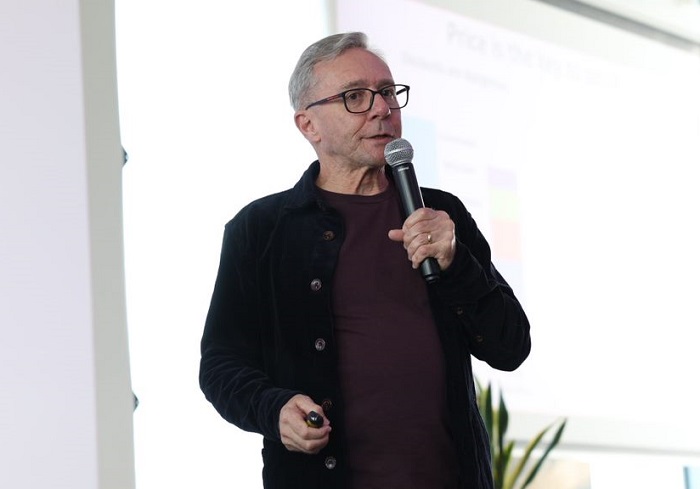The new research reveals a disconnect between what really drives marketing effectiveness and what marketers believe. That's one of the conclusions of new research presented at last week's IPA Effectiveness Conference 2025 by expert Les Binet and Medialab Group co-owner Will Davis.
According to a new analysis by IPA Databank, budget is eight times more important than ROI when it comes to impacting marketing effectiveness. Analysis of the winning case studies in the IPA Effectiveness Awards shows that ROI accounts for only 11% of the difference in observed returns, while budget is worth 89%.
However, this result is fundamentally different from what marketers themselves believe. A survey commissioned by Medialab Group of 500 marketing executives found that only 35% consider budget to be the most important factor in effectiveness, while 65% rely on ROI.
Binet and Davis point out that pressure on budgets is leading marketers to curbambition and scale back their activities. More than 56% of advertisers target only sub-segments of customers instead of the entire market. Older generations in particular remain neglected, with 62% of marketers not targeting consumers over 45, even though they account for half of all consumer spending.
This narrowed approach to targeting is often accompanied by a narrowed media mix, with a predominant focus on performance digital media and short-term activation at the expense of brand building. According to Binet, this approach risks leading to a "death spiral" in which budgets, campaigns and profits continue to shrink.
Recommendations
- Les Binet and Will Davis therefore stress the need to balance 'efficiency' and 'effectiveness'. Data from the IPA Databank shows that since the pandemic, ROI has risen by 4% but net profit has fallen by 11%. While a tightly targeted, narrowly focused approach increases efficiency, it also significantly reduces the effectiveness of campaigns (in terms of their contribution to profitability).
- Long-term growth and profitability depends not only on ROI, but more importantly on the size of the budget and the size of the intervention. While creativity and quality media planning can boost ROI, they alone are no substitute for the power of budget and scale.
- Deciding how much to invest is one of the most important decisions in marketing, yet setting budgets is often rough and financial modeling is exceptional. Budgets tend to be cut without the backing of data, further increasing pressure on efficiency.
- Less than half of marketing directors are trying to maximize reach, even though research shows that 30-60 million impressions are needed for statistically significant sales growth. For big results, 200 million to 1 billion impressions are needed - so broad reach and "big media" are key to growing effectiveness.
"Our industry is obsessed with efficiency, and rightly so, because we spend other people's money. But efficiency isn't everything, we need scale too. The more we focus on efficiency, the less money we make. The only solution is to rediscover the power of advertising and creativity at scale. We need to go all in, or not at all," said Les Binet.
According to Will Davis, the argument is not between digital and offline media, nor between brand and performance communications. "It's about the balance of doing all these things well and at the right scale. Efficiency is important, but real growth only comes from combining efficiency with scale, creativity and the courage to try new things," he says.
Source: mediaguru.cz

